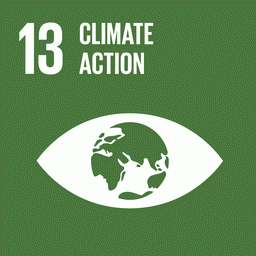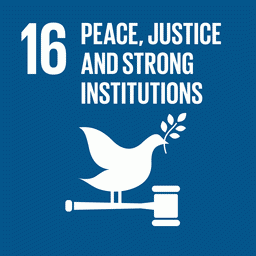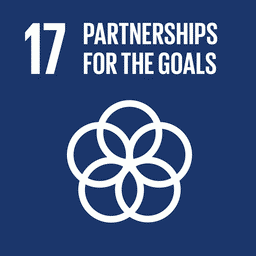For almost two decades, the mechanism known as REDD+ (Reducing Emissions from Deforestation and forest Degradation),
coined under the United Nations Framework Convention on Climate Change (UNFCCC), has proved resilient as a proposal for dealing with greenhouse gas (GHG) emissions from deforestation and forest degradation in tropical countries of the global south. REDD+ initiatives have advanced through the project-by-project approach and national or subnational Jurisdictional REDD+ Systems.
One of the most important components of a Jurisdictional REDD+ System is the socioenvironmental safeguards. Its main
function is to reduce the occurrence of social and environmental risks and to promote the gender-equitable inclusion of Indigenous Peoples and Local Communities (IPLCs) in governance structures. It is essential that the managers responsible for implementing this policy look for effective ways of predicting these risks and structuring mechanisms to avoid, reduce, or mitigate them.
Read the policy brief below.


